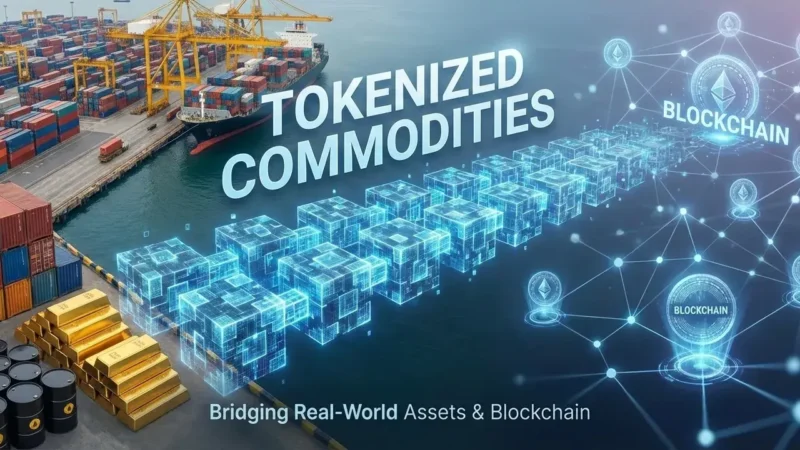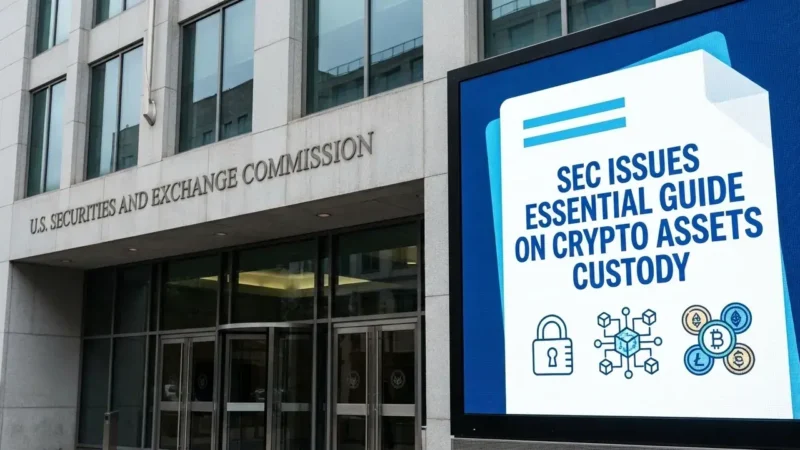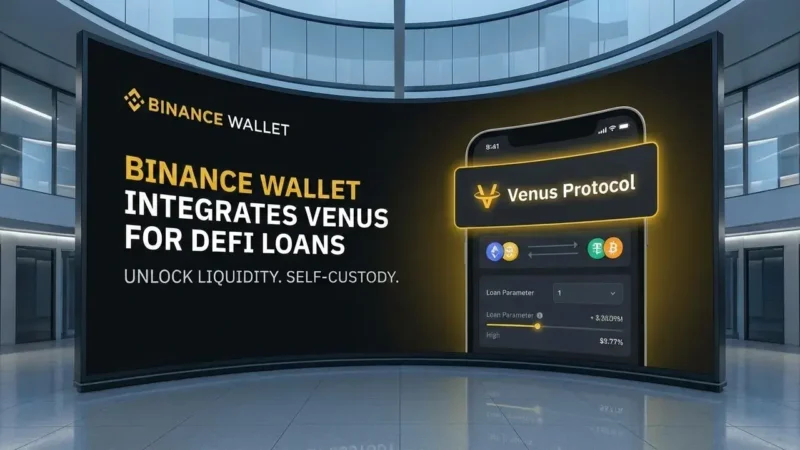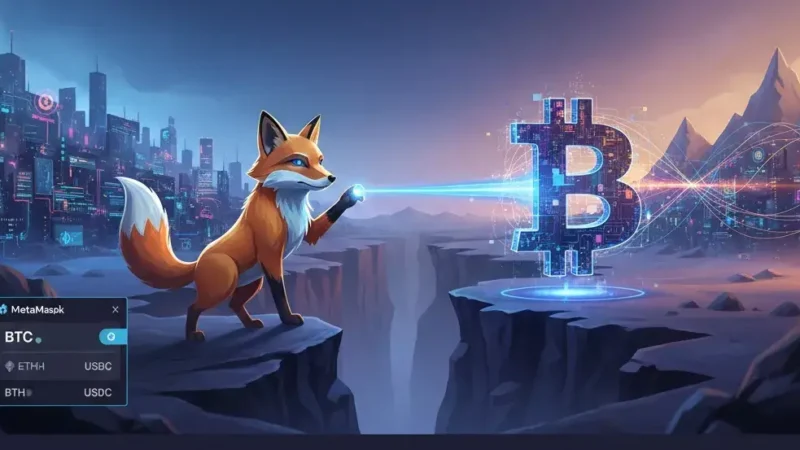XRP Ledger Gains Major Boost with Mercado Bitcoin’s $200 Million RWA Integration
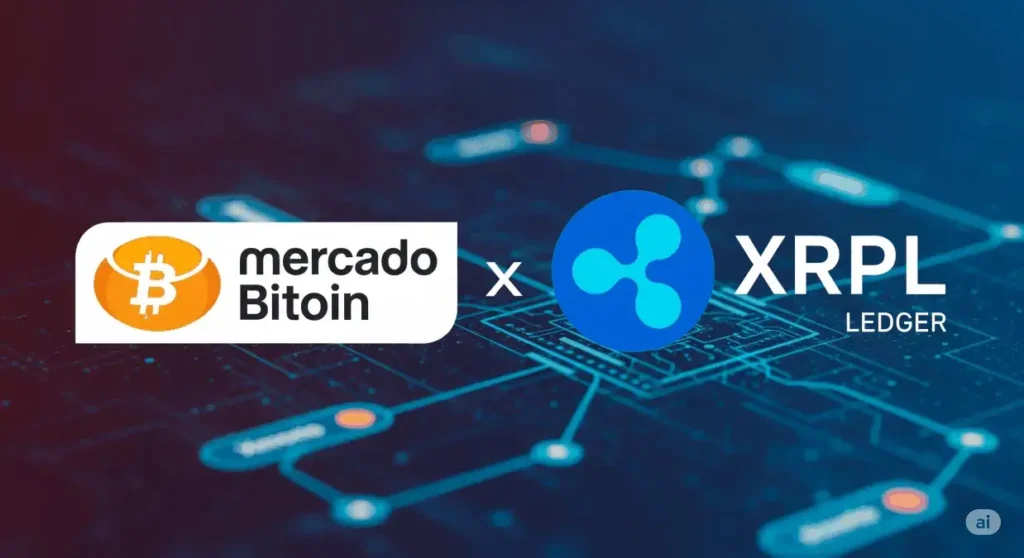
The XRP Ledger (XRPL) has experienced a significant surge of momentum following the recent confirmation of Mercado Bitcoin’s integration, a monumental development that brings an impressive $200 million in real-world assets (RWAs) onto the blockchain. This landmark move not only underscores a fresh wave of institutional blockchain adoption sweeping across Latin America but also powerfully strengthens Ripple’s ongoing global financial push, building on the critical legal clarity achieved after its pivotal 2023 legal victory. The integration highlights a growing confidence in the XRPL’s capabilities as a robust platform for the future of finance, especially concerning the tokenization of traditional assets.
Mercado Bitcoin’s Strategic Leap into the XRPL Ecosystem
Mercado Bitcoin, a prominent player and one of Latin America’s largest crypto exchanges, has made a decisive entry into the XRP Ledger ecosystem. This bold strategic move involves the tokenization of $200 million in on-chain fixed-income and equity assets. According to Mercado Bitcoin’s regional director, this isn’t merely a partnership but a comprehensive, full integration with the XRP Ledger. This deep commitment signals a profound belief in the XRPL’s infrastructure and its potential to revolutionize traditional financial markets by bringing illiquid assets onto the blockchain, thereby enhancing liquidity and accessibility.
As highlighted by ecosystem stalwart WrathofKahneman in a recent social media post, key details from the announcement reveal that Mercado Bitcoin has cemented its position as one of the top five global tokenizers of private credit assets. The exchange boasts an impressive track record, having already processed over 1billionintokenizedassetswithaflawlessrecordofzerodefaults.Furthermore,MercadoBitcoinisactivelyutilizingRLUSD,Ripple’sNewYork−licensedstablecoin,whichnotablysawa0.435.43 on July 4, 2025, on their platform. This demonstrates a practical and immediate application of Ripple’s offerings within a regulated financial framework.
It’s also crucial to note that this integration culminates a strategic plan initiated in March 2025. Initially, an agreement was forged between Mercado Bitcoin and Polygon Labs to tokenize $200 million in assets. While that initial deal laid the groundwork, the actual and definitive tokenization has now been fully executed on the XRP Ledger. This decisive shift unequivocally demonstrates clear and unwavering confidence in Ripple’s blockchain, affirming its superior suitability for large-scale, institutional-grade RWA tokenization over other platforms. The ability of XRPL to deliver on such a significant project speaks volumes about its technical prowess and reliability.
The XRP Ledger: A Foundation for Institutional Finance
The XRP Ledger’s selection for this massive tokenization initiative by Mercado Bitcoin is a testament to its inherent strengths. The XRPL is renowned for its exceptional speed, settling transactions in a mere 3-5 seconds, and its remarkably low transaction costs, often just fractions of a cent. These attributes are critical for institutional use cases where efficiency and cost-effectiveness are paramount. Beyond its foundational speed and cost-efficiency, the XRPL offers a robust suite of features that support sophisticated financial operations. Its built-in decentralized exchange (DEX) provides a direct, transparent marketplace for tokenized assets, eliminating the need for intermediaries and reducing associated risks.
Furthermore, the XRPL boasts strong developer tools and a vibrant community, fostering innovation and continuous improvement. Features like Trust Lines, which allow users to set relationships with issuing accounts, and Issued Currencies (IOUs), which represent real-world value, simplify the process of asset tokenization. The XRPL also includes native compliance tools such as KYC/AML controls via account flags and blacklist/freeze mechanisms, which are essential for meeting stringent regulatory requirements in traditional finance. This compliance-ready infrastructure makes XRPL an attractive choice for regulated financial institutions venturing into the blockchain space. The introduction of Multi-Purpose Tokens (MPTs) further enhances its utility, enabling financial institutions to manage RWAs more efficiently. With over 70 central banks and financial institutions now connected to the Ripple network, the XRPL’s growing role in global cross-border finance is undeniable.
Ripple’s Expansive Ecosystem and Future Outlook
Ripple, a key contributor to the XRP Ledger, is continuously expanding its ecosystem and capabilities to support widespread institutional adoption. In related news, Ripple has rolled out a new Permissioned Decentralized Exchange (DEX) on the XRP Ledger. This innovative permissioned system is designed to facilitate trading exclusively among regulated players under strict controls, ensuring a compliant and secure environment for institutional DeFi. This development is crucial for bridging the gap between traditional finance and the burgeoning world of decentralized finance, offering institutions a secure pathway to leverage blockchain technology without compromising regulatory adherence.
Moreover, Ripple has also announced that XRP Ledger software update 2.5.0 has gone live, continuously enhancing the network’s performance and security. These ongoing technical advancements demonstrate Ripple’s commitment to maintaining the XRPL at the forefront of blockchain innovation.
Adding to its strategic maneuvers, Ripple recently submitted an application for a national banking license with the U.S. Office of the Comptroller of the Currency (OCC). This move, if approved, would allow Ripple to hold reserves directly with the Federal Reserve, significantly enhancing the security and transparency of its RLUSD stablecoin. This proactive step towards greater regulatory integration underscores Ripple’s long-term vision of becoming a foundational layer in the global financial system, providing compliant and efficient solutions for cross-border payments and asset tokenization. The market has reacted positively to this news, seeing it as a crucial step towards reducing regulatory uncertainty and increasing trust in the XRP ecosystem.
Navigating the Legal Landscape: Ripple vs. SEC
The timing of Mercado Bitcoin’s integration announcement coincides with a critical phase in Ripple’s ongoing legal dispute with the U.S. Securities and Exchange Commission (SEC). This protracted legal battle has been closely watched by the entire crypto industry, as its outcome holds significant implications for the regulatory classification of digital assets. For context, while Judge Analisa Torres ruled in July 2023 that Ripple’s programmatic sales of XRP on public exchanges did not constitute securities, its sales to institutional investors did. This partial victory was a landmark moment for Ripple and the broader crypto market, providing much-needed clarity.
Unfortunately, in a recent development, Judge Analisa Torres denied a joint motion filed by the SEC and Ripple Labs. This motion aimed to reduce a $125 million civil penalty and reverse an earlier order classifying primary sales of XRP to institutional investors as securities transactions. Judge Torres asserted that the parties had not presented sufficient justification to alter her previous rulings. However, in a significant step towards concluding this legal chapter, Ripple has decided to drop its cross-appeal, with the expectation that the SEC will reciprocate by dropping their appeal as well. This mutual withdrawal of appeals could finally bring an end to the nearly five-year-long legal saga, allowing Ripple to fully focus on its core business and innovation. This resolution would also pave the way for potential new market products, including spot XRP exchange-traded funds (ETFs), further integrating XRP into mainstream financial markets.
Latin America: A Hotbed for Blockchain Innovation
The integration by Mercado Bitcoin is a powerful signal that Latin America is rapidly emerging as a critical region for institutional blockchain adoption and innovation. The continent is actively exploring how tokenization can enhance access and efficiency within its financial markets. Mercado Bitcoin’s move exemplifies how public blockchain infrastructure, particularly the XRP Ledger, is increasingly being trusted by institutions as a reliable and scalable foundation for bringing regulated financial products to market. This trend is set to continue, with more institutions recognizing the benefits of blockchain technology for streamlining operations, enhancing transparency, and improving liquidity.
The growing role of the XRPL in cross-border finance is becoming increasingly apparent. Its ability to facilitate near-instant settlements at low costs positions it as an ideal solution for a region focused on economic integration and efficient capital flows. Mercado Bitcoin’s pioneering step is expected to inspire other financial institutions in Latin America and beyond to explore the vast potential of the XRP Ledger for RWA tokenization and broader financial innovation.
Stay informed, read the latest crypto news in real time!
Conclusion
The integration of $200 million in real-world assets by Mercado Bitcoin onto the XRP Ledger represents a pivotal moment for both the XRPL ecosystem and the broader institutional blockchain landscape. This development not only validates the XRPL’s technical capabilities and compliance readiness but also showcases the tangible progress being made in bringing traditional financial assets onto the blockchain. As Ripple continues to advance its technology, navigate the regulatory environment, and foster strategic partnerships, the XRP Ledger is poised to play an increasingly central role in shaping the future of global finance, especially in the burgeoning RWA tokenization market. The commitment from leading exchanges like Mercado Bitcoin clearly indicates a strong and positive trajectory for the XRP Ledger and its native asset, XRP.

